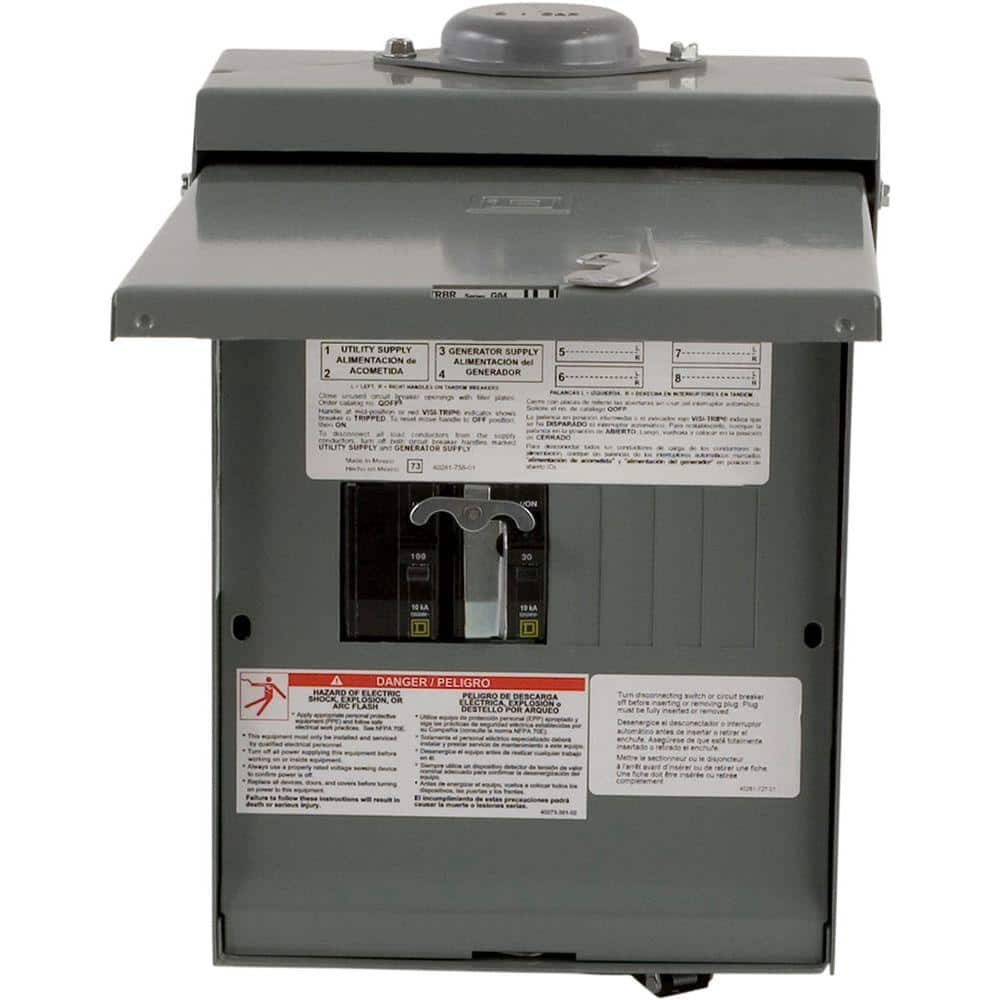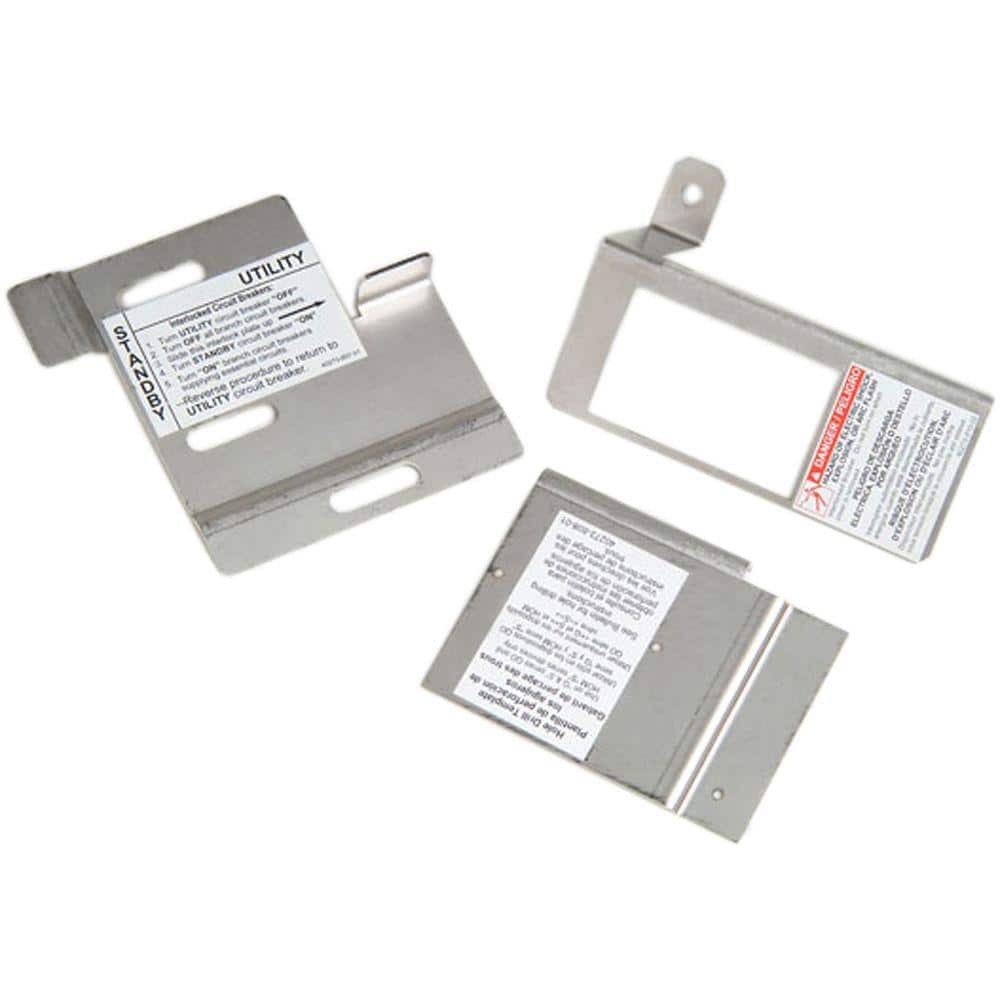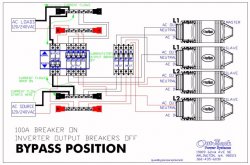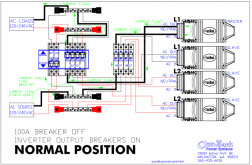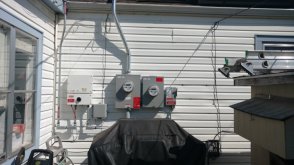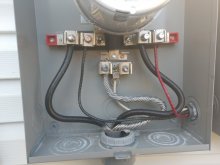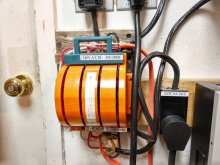jasonhc73
Cat herder, and dog toy tosser.
I am about to relocate my setup from my garage to my utility room.
Right now I back feed my panel through a 6awg 50 amp circuit breaker.
I have been doing this for over a year. Now I have gained enough confidence in the reliability of MPP-Solar stuff that I am 90% convinced myself to switch my topography so that everything just goes through the inverters and directly to the mains on the panel.
As it is now from my main net-meter to the service panel I have 3 x 4/0 AL. I plan to hijack it and put a safety disconnect and my off-grid inverters and battery in the middle.
The service entrance is through a 2 1/2 inch schedule 80 PVC conduit. At the base to under the house a big elbow entering the crawl space. My plan is to send that cable to and from my utility room, 12 feet in total.
Can I just put a single hole in the box(look at the picture) I have and put my cables in and butt splice the one cable to the panel cable?

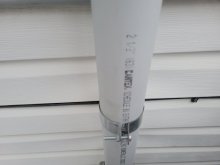
I think I will feed the wire into the meter directly. I see no sense in having two sets of butt splices.
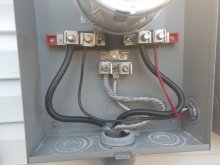
I am not sure two sets of 4/0 will fit in a 2 1/2 conduit. I am sure it will fit fine in a 3 inch though.
Is there anything wrong with having two sets of A/C in the same conduit? One going and One coming to/from the inverters and safety disconnect?
(the little squiggly that looks like a N or 2 is the A/C symbol)
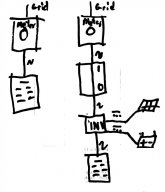
These inverters, MPP-Solar LV6548's, have a configuration schedule that can program them to not use any grid power and only charge from the sun during a set time. This is great for me. My state has a totally weird demand tariff in place for solar users. So if I can force my house to only use my batteries during this time, I will completely avoid the tariff. Just in case I am not reading the instruction right, I can turn the grid off with the safety switch and force the inverters into off-grid mode physically.
Right now I back feed my panel through a 6awg 50 amp circuit breaker.
I have been doing this for over a year. Now I have gained enough confidence in the reliability of MPP-Solar stuff that I am 90% convinced myself to switch my topography so that everything just goes through the inverters and directly to the mains on the panel.
As it is now from my main net-meter to the service panel I have 3 x 4/0 AL. I plan to hijack it and put a safety disconnect and my off-grid inverters and battery in the middle.
The service entrance is through a 2 1/2 inch schedule 80 PVC conduit. At the base to under the house a big elbow entering the crawl space. My plan is to send that cable to and from my utility room, 12 feet in total.
Can I just put a single hole in the box(look at the picture) I have and put my cables in and butt splice the one cable to the panel cable?


I think I will feed the wire into the meter directly. I see no sense in having two sets of butt splices.

I am not sure two sets of 4/0 will fit in a 2 1/2 conduit. I am sure it will fit fine in a 3 inch though.
Is there anything wrong with having two sets of A/C in the same conduit? One going and One coming to/from the inverters and safety disconnect?
(the little squiggly that looks like a N or 2 is the A/C symbol)

These inverters, MPP-Solar LV6548's, have a configuration schedule that can program them to not use any grid power and only charge from the sun during a set time. This is great for me. My state has a totally weird demand tariff in place for solar users. So if I can force my house to only use my batteries during this time, I will completely avoid the tariff. Just in case I am not reading the instruction right, I can turn the grid off with the safety switch and force the inverters into off-grid mode physically.



